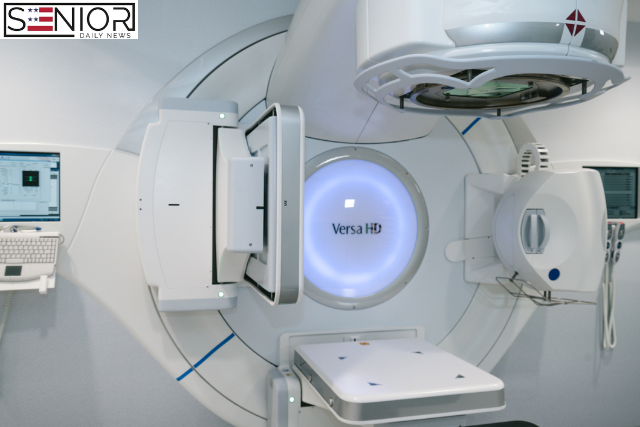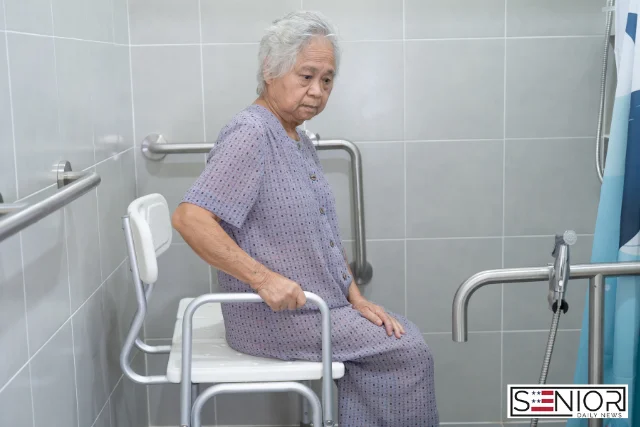How Can Side Effects of Radiation for Breast Cancer Be Reduced?

Radiation therapy plays a crucial role in breast cancer treatment, especially after surgery. While it is effective in targeting cancer cells, it often comes with side effects that can impact a patient’s quality of life. These side effects, ranging from skin irritation to fatigue, are sometimes unavoidable but can be minimized through various strategies. In this article, we will explore how the side effects of radiation for breast cancer can be reduced and managed effectively.
Understanding Radiation Therapy for Breast Cancer
Radiation therapy uses high-energy rays to destroy cancer cells. Typically, it is administered after a lumpectomy to eliminate any remaining cancerous cells, thereby reducing the risk of recurrence. While this treatment is beneficial, it can affect nearby healthy tissues, leading to side effects. Understanding these side effects and ways to mitigate them is essential for patients undergoing this therapy.
Common Side Effects of Radiation Therapy
Before discussing reduction strategies, it’s important to recognize the common side effects:
- Skin Irritation: Redness, peeling, and dryness similar to a sunburn.
- Fatigue: A pervasive feeling of tiredness that doesn’t always improve with rest.
- Swelling (Edema): Especially in the breast area.
- Changes in Breast Size or Shape: Due to tissue damage or fibrosis.
- Pain or Discomfort: In the treated area.
- Lymphedema: Swelling of the arm or chest wall, especially if lymph nodes were removed.
How to Reduce Side Effects of Radiation Therapy
While side effects cannot always be completely avoided, several measures can significantly reduce their severity and improve comfort during treatment.
1. Skin Care Regimen
Proper skin care can help minimize radiation-induced skin reactions. Here are some tips:
- Use mild, fragrance-free soaps and avoid scrubbing the treated area.
- Apply recommended moisturizers to keep the skin hydrated.
- Wear loose-fitting, soft clothing to reduce friction.
- Avoid direct sun exposure and use sunscreen if needed.
2. Maintain a Healthy Diet
Nutrition plays a vital role in managing side effects. Eating a balanced diet can help boost energy levels and promote skin healing. Include:
- High-protein foods to repair tissues.
- Fresh fruits and vegetables rich in antioxidants.
- Plenty of fluids to stay hydrated.
3. Manage Fatigue with Rest and Exercise
Fatigue is one of the most common and persistent side effects. To combat it:
- Take short naps throughout the day but avoid long naps that can interfere with nighttime sleep.
- Engage in light exercises, such as walking or yoga, to maintain energy levels.
- Prioritize tasks and ask for help when needed.
4. Use Medications Wisely
Doctors may recommend topical steroids or other medications to manage skin issues. Pain relievers can help with discomfort, but always consult your healthcare provider before taking any new medications.
5. Consider Advanced Radiation Techniques
Modern radiation therapies, such as intensity-modulated radiation therapy (IMRT) and proton therapy, target cancer cells more precisely. This reduces exposure to healthy tissues and minimizes side effects.
6. Mind-Body Techniques
Stress can exacerbate side effects. Consider practices like:
- Meditation and deep breathing exercises.
- Guided imagery.
- Cognitive-behavioral therapy (CBT).
These techniques can enhance emotional well-being and may reduce the perception of pain and fatigue.
7. Stay in Close Contact with Your Healthcare Team
Always communicate openly with your radiation oncologist and nurses. Report any side effects promptly so they can offer solutions or adjust your treatment plan if necessary.
Emerging Approaches to Minimize Side Effects
Researchers are continuously exploring new methods to make radiation therapy safer and more effective. Some promising strategies include:
- Hypofractionated Radiation: Giving higher doses in fewer sessions to reduce treatment duration and potentially lessen side effects.
- Breath-Hold Techniques: Used when treating left-sided breast cancer to minimize heart exposure.
- Protective Agents: Medications under research that may protect healthy tissues during radiation.
FAQs About Reducing Radiation Side Effects for Breast Cancer
Q1: Is it possible to avoid all side effects of radiation therapy?
No, while side effects can be minimized, it is rare to avoid them entirely. Proper management strategies can, however, make them more bearable.
Q2: How long do side effects last after radiation therapy ends?
Most acute side effects, like skin irritation and fatigue, improve within weeks after treatment ends. Some long-term effects, like changes in breast shape, may take months or become permanent.
Q3: Can diet alone prevent side effects?
While diet supports overall health and recovery, it cannot prevent side effects entirely. A combination of diet, skincare, rest, and medical interventions works best.
Q4: Does radiation for breast cancer affect other organs?
Radiation is targeted, but nearby organs like the lungs and heart (especially in left-sided breast cancer) can receive low doses. Advanced techniques help minimize this risk.
Q5: What should I avoid during radiation therapy?
Avoid harsh skincare products, tight clothing over the treatment area, sun exposure, and smoking, which can impair healing.
Conclusion
Radiation therapy remains a cornerstone in breast cancer treatment, but it often comes with challenging side effects. Through proactive care, advanced techniques, healthy living, and strong communication with healthcare providers, many of these effects can be effectively managed or reduced. Patients are encouraged to follow a holistic approach that includes skin care, nutrition, gentle exercise, and emotional support to enhance their quality of life during and after radiation therapy. Always consult with your oncology team for personalized guidance tailored to your unique treatment plan.
Image Designed Using Canva






